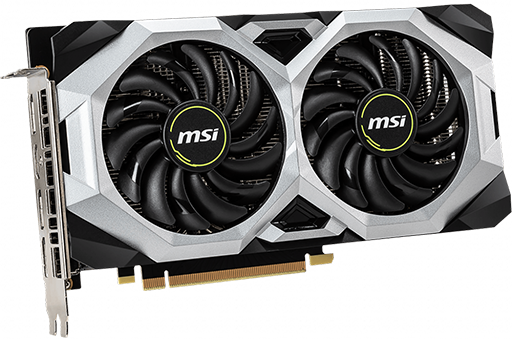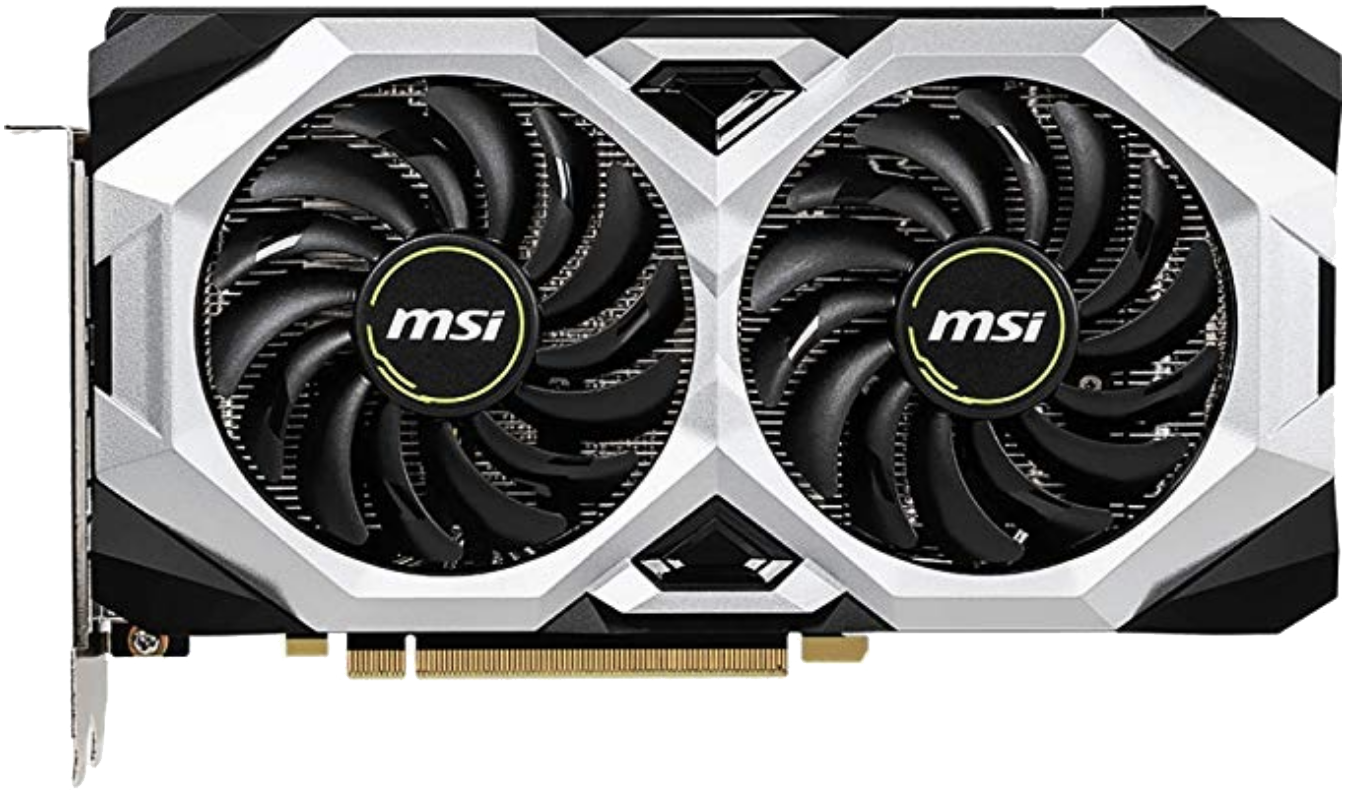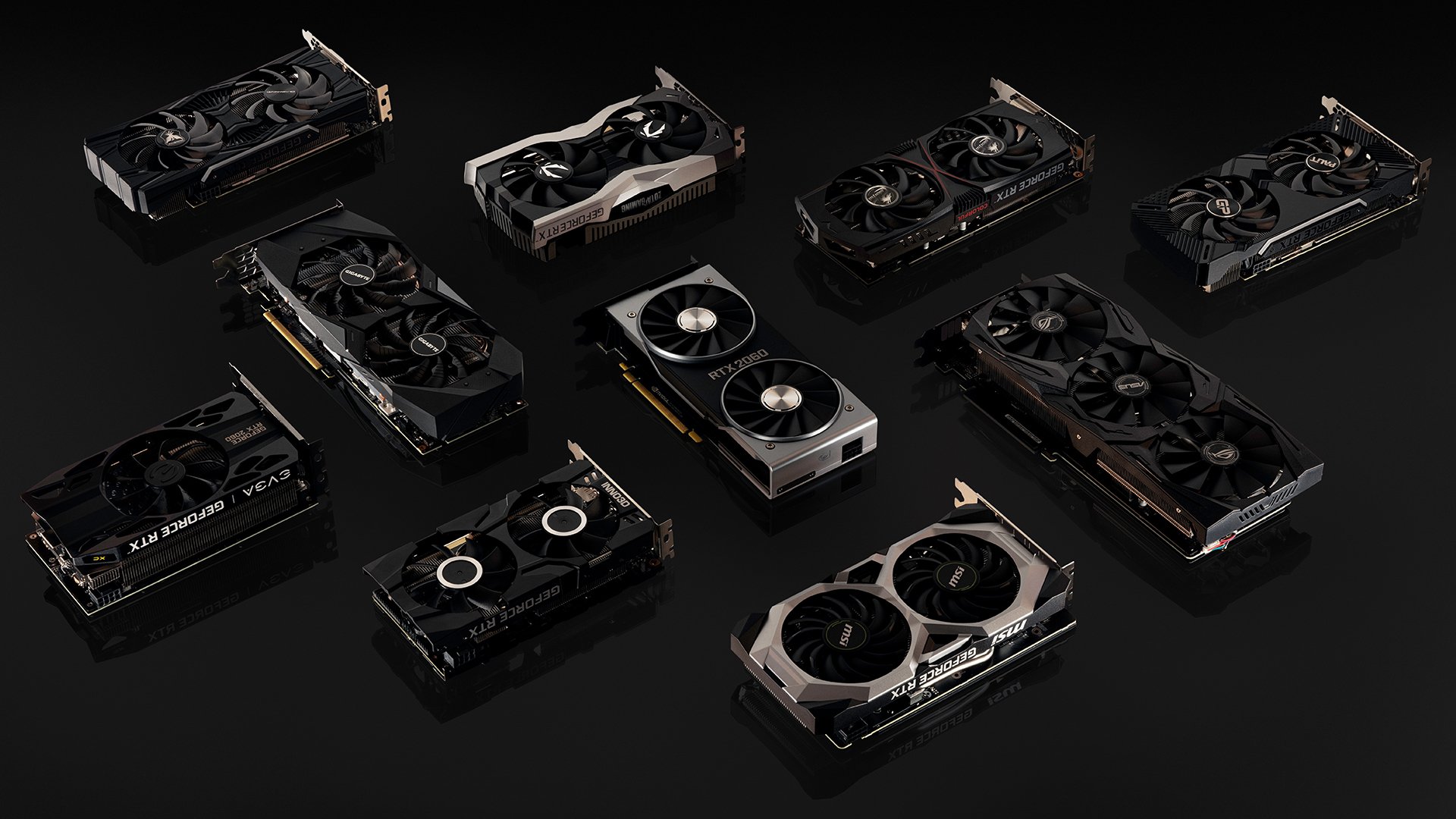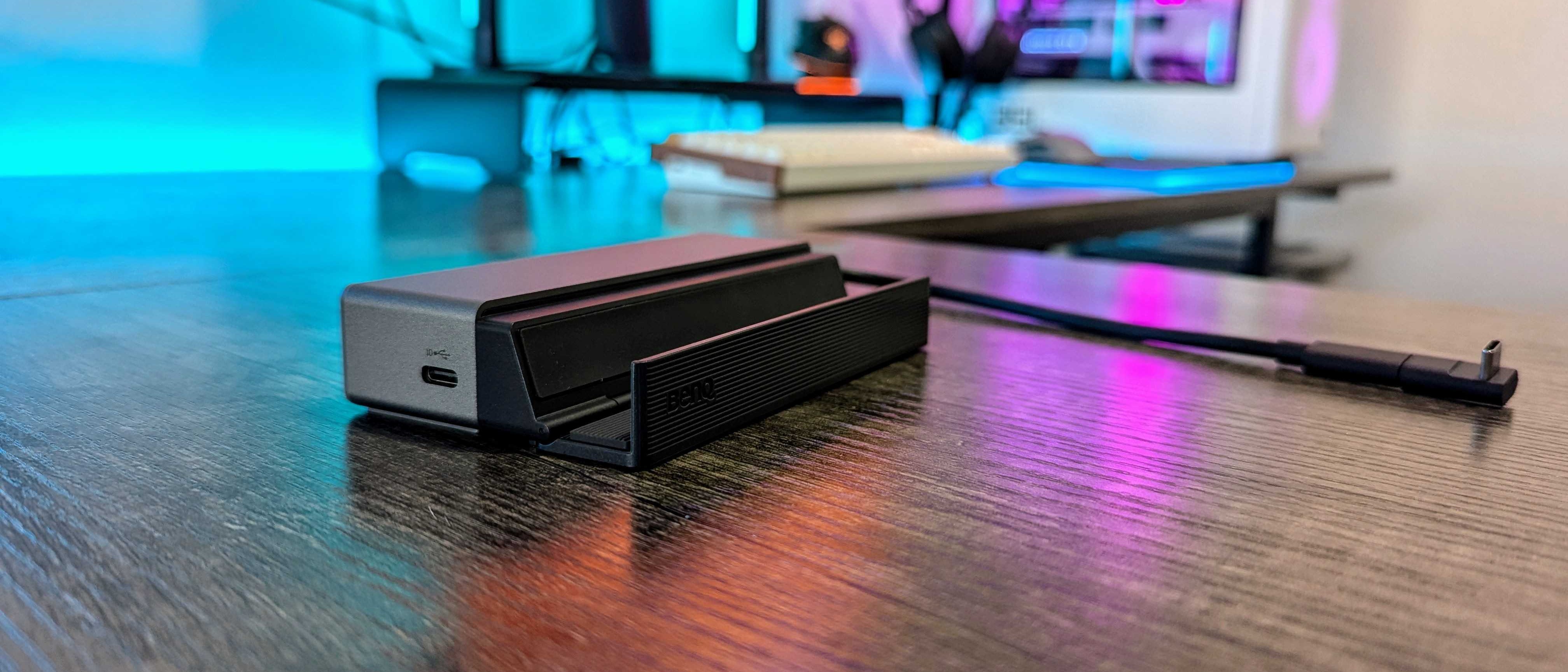

A Bit More Power
The NVIDIA RTX 2060 Super, released shortly after the standard RTX 2060, doesn't cost a whole lot more but brings a considerable boost to performance. If you're building a new gaming PC, it's worth saving up the extra money and buying this GPU.
For
- More CUDA cores
- Ray tracing and DLSS
- 256-bit memory bus
- 8GB of GDDR6 VRAM
Against
- Higher price
- Higher power consumption

Great Mid-Range GPU
The NVIDIA RTX 2060 doesn't offer the same performance as the RTX 2060 Super, but it's still an excellent GPU that delivers steady 1440p gaming performance. If you can't get your hands on the Super version or you're trying to stick to a tight budget, you shouldn't mind investing in this version.
For
- More budget-friendly
- Still great mid-range performance
- Ray tracing and DLSS
- Lower power consumption
Against
- Not as powerful
These two graphics cards (GPU) are quite similar in price, though the newer RTX 2060 Super is going to outperform its sibling RTX 2060 while drawing more power. Let's take a look at the specs that make up these cards. Note that we're using MSI's Ventus OC line to compare. These are great mid-range cards that have proven to run quiet and cool. Looking for truly high-end performance? Check out far more options in our roundup of the best graphics card picks right now.
NVIDIA RTX 2060 Super vs. RTX 2060 tech specs
| Header Cell - Column 0 | NVIDIA RTX 2060 Super | RTX 2060 |
|---|---|---|
| CUDA cores | 2,176 | 1,920 |
| Boost speed | 1,665MHz | 1,710MHz |
| VRAM | 8GB GDDR6 | 6GB GDDR6 |
| Memory bus | 256-bit | 192-bit |
| Memory speed | 14Gbps | 14Gbps |
| Power | 175W | 160W |
| Ray tracing | Yes | Yes |
| DLSS | Yes | Yes |
| Ports | Three DisplayPortOne HDMI | Three DisplayPortOne HDMI |
What features do these GPUs share?

Both of these NVIDIA GPUs are built with Turing architecture and are using the new RTX platform, which means you get a lot of the same features, whether you choose the RTX 2060 or RTX 2060 Super. Ray tracing and Deep Learning Super Sampling (DLSS) are chief among these features.
Ray tracing replaces the traditional way lighting and shadows were created with polygons and rasterization. These GPUs can instead simulate and trace light in a scene in a far more natural way, making games look a lot more realistic. This technology does take a significant amount of power, and most games with ray tracing as an option will see a significant frames-per-second (FPS) dip when enabled.
DLSS helps RTX GPUs raise framerates in, particularly intensive games by using AI learning to super-sample future frames. This generates anti-aliased frames, which are again fed to the AI to have pixels added, upping the resolution. When you see the frame on your monitor, it's going to look a lot better than it would without DLSS, especially in cases where your GPU is working as hard as it can and not seeing high framerates.
How big is the performance difference?
The standard NVIDIA RTX 2060 is an excellent GPU if you're looking to game at 1080p or 1440p. It's capable of pushing 100FPS in most modern games at the higher resolution and without having to resort to low in-game settings. If you're gaming at 1080p, it'll prove to be quite able in terms of framerates. Here are some numbers from the MSI Ventus RTX 2060 combined with 16GB of RAM and an AMD Ryzen 5 2600 processor.
| Game | Resolution | Graphics | Average FPS |
|---|---|---|---|
| Call of Duty: Modern Warfare | 1440p | High | 102.3 FPS |
| Metro Exodus | 1440p | Medium | 85.3 FPS |
| Battlefield V | 1440p | Medium | 104 FPS |
| Tom Clancy's The Division 2 | 1440p | High | 96.9 FPS |
| Apex Legends | 1440p | High | 123.4 FPS |
Those aren't bad numbers, especially considering the modest price. However, for only about $40 more in most cases, you can instead invest in an RTX 2060 Super. It's still not going to deliver the fantastic performance from something like the RTX 2070 Super or RTX 2080 Super, but it'll add about 10-20FPS more in most games compared to the standard RTX 2060. That's a significant upgrade, and if you can save afford it, the RTX 2060 Super should no doubt be your first pick.
If you're building a budget rig or for some reason can't get your hands on the Super, the standard RTX 2060 is still a good pick that brings a lot of the same features. And if you're already the owner of an RTX 2060 and are thinking about upgrading, it's worth going above the 2060 Super to get your hands on something with a lot more power. The jump from a standard RTX 2060 to a Super is no doubt not really worth the money.
Get the Windows Central Newsletter
All the latest news, reviews, and guides for Windows and Xbox diehards.
The RTX 2060 Super is the right buy for most people
Thanks to better performance and not a big jump in price, anyone building a new gaming PC should first consider the RTX 2060 Super over the standard RTX 2060.

8GB of VRAM
If you can swing the price difference, the RTX 2060 Super will add a good chunk of extra power to your gaming PC compared to the standard RTX 2060.
The RTX 2060 is still a good GPU
The Super version might overshadow the RTX 2060, but it's still a good performer at 1080p and 1440p. If you can't get your hands on a Super or can't justify the extra cost, it'll still make a good fit your a mid-range gaming PC.

Cale Hunt brings to Windows Central more than eight years of experience writing about laptops, PCs, accessories, games, and beyond. If it runs Windows or in some way complements the hardware, there’s a good chance he knows about it, has written about it, or is already busy testing it.
